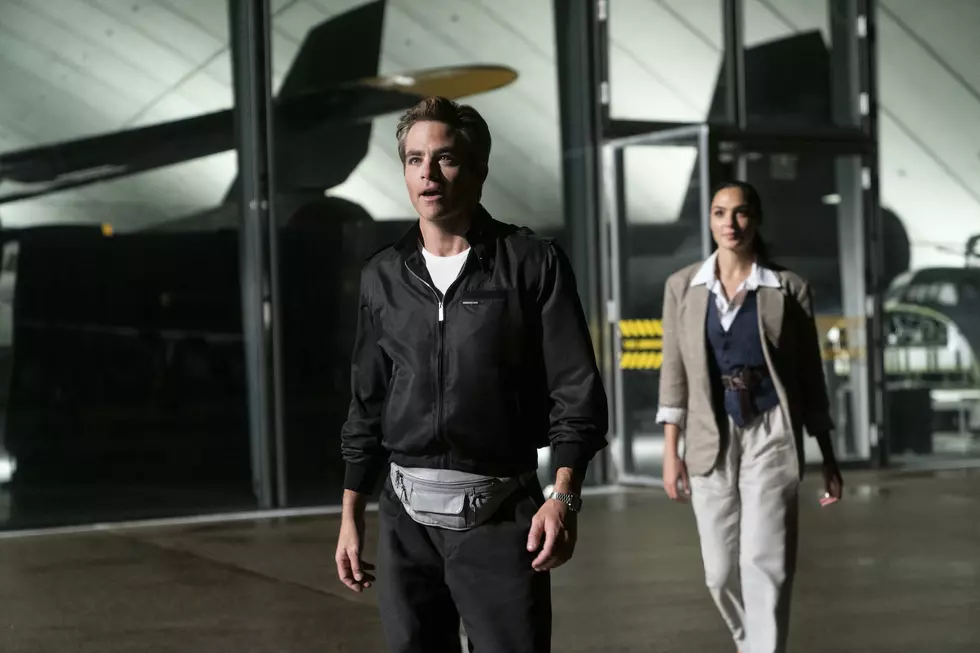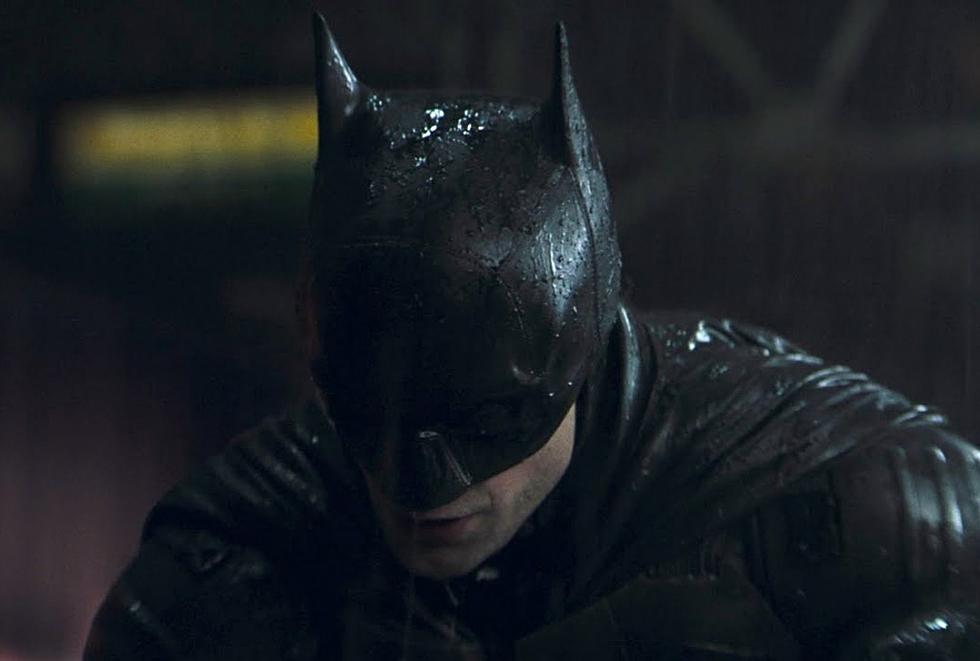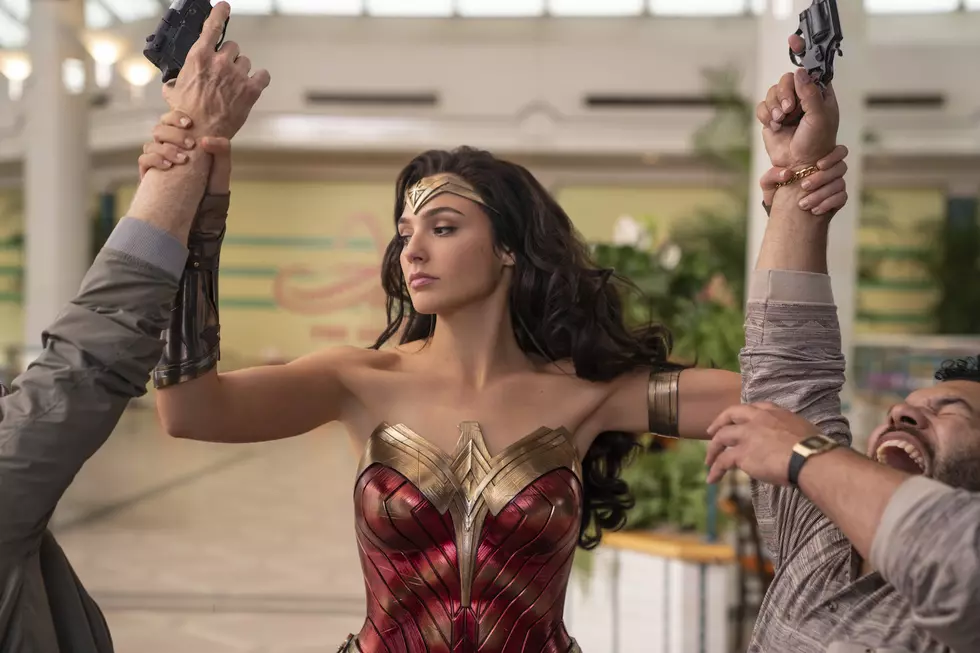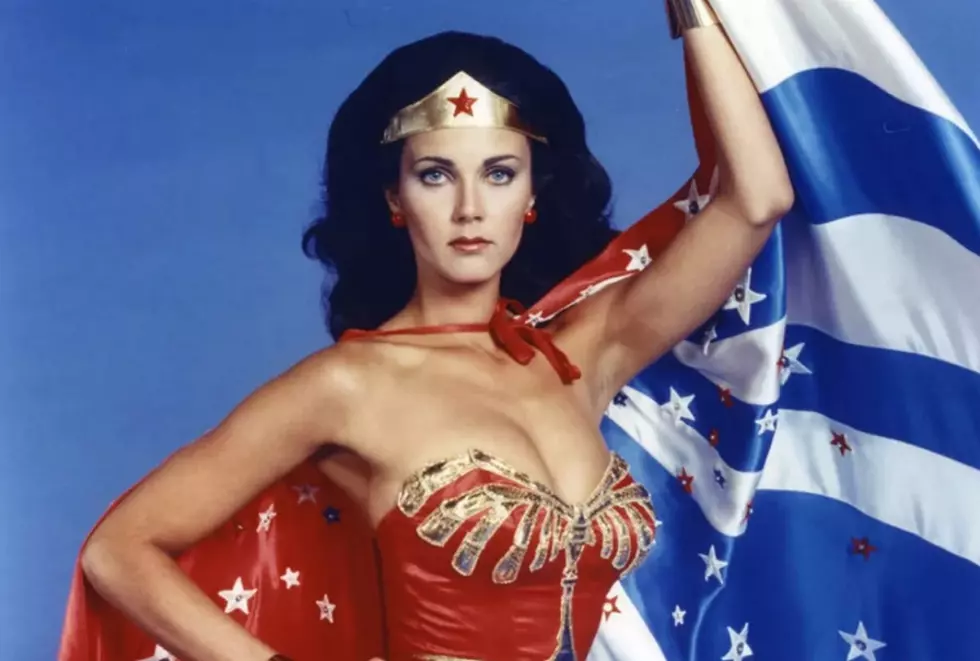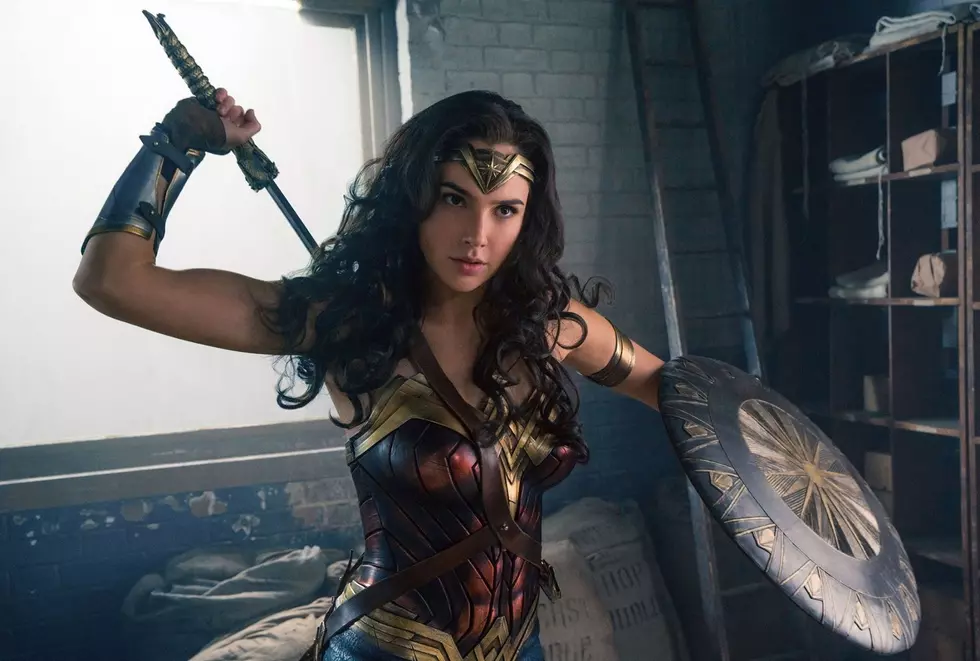
Hot Ink — Blackest Night: Wonder Woman #2 & Suicide Squad #67, Siege #1 & Siege Embedded #1, Orc Stain #1
I'VE BEEN TOO LONG, I'M GLAD TO BE BACK - Blackest Night: Wonder Woman 2 and Suicide Squad 67
A new year is upon us, 2010 is here, what better time to leave the trappings of 2009 behind us and forge a bold new path, taking us to on adventures unlike any we have seen before. So with that in mind, here's this week's mandatory "Blackest Night" tie-ins.
 First, the good news. "Suicide" Squad 67 was released this week, written by Gail Simone and John Ostrander with art by Jim Calafiore. Here are the things you really need to know about the issue: There is a scene where Bane has an obsessive parental figure pre-date intimidation session with Scandal Savage's innocent, bubbly stripper girlfriend. There is a fight between Catman and a man who is a human-tiger hybrid, which I pray will someday see a follow-up encounter that involves team-ups with Batman and Manbat. And aside from brief cameos at the beginning and end of the issue, it is mercifully Black Lantern free.
First, the good news. "Suicide" Squad 67 was released this week, written by Gail Simone and John Ostrander with art by Jim Calafiore. Here are the things you really need to know about the issue: There is a scene where Bane has an obsessive parental figure pre-date intimidation session with Scandal Savage's innocent, bubbly stripper girlfriend. There is a fight between Catman and a man who is a human-tiger hybrid, which I pray will someday see a follow-up encounter that involves team-ups with Batman and Manbat. And aside from brief cameos at the beginning and end of the issue, it is mercifully Black Lantern free.
If you were afraid of "Blackest Night" spreading into "Secret Six," a series which has been blessedly free of the crossover until this point, there is no cause for alarm. Simone and Ostrander have used the crossover as an excuse to dredge up Deadshot's past with the Suicide Squad, creating a confrontation between the still living members of both teams. By setting up the fight between the two groups before the zombies show up to crash the party, the first issue of the new arc, "Danse Macabre" doesn't feel like the crossover's been forced onto a creative team that's pumping out the requisite zombie horror story before getting back to wherever they were going before this all happened.
Instead it seems like a place has been prepared for the effects of "Blackest Night" to naturally flow into the Secret Six's part of the DC Universe, where the Black Lanterns will be an element of the story arc without overwhelming the story entirely. Simply one more unexpected obstacle for the often put-upon callous mercenaries to deal with. So if you were put off by the "Blackest Night" title prominently over the book's cover, don't let that scare you off. While on the other hand if you think Black Lanterns aren't appearing in the pages of DC comics frequently enough, then thanks for stopping by to read my column, Dan DiDio. And now comes the part where I yell at "Blackest Night." My initial hope for the series has been fading, with issue 5 and last week's issue 6 continuing to give me the impression that this one's going into the nose-dive of confusing carnage I probably should have seen coming. This week I'll be using "Blackest Night: Wonder Woman" 2 as the excuse to channel my rage, which is a bit unfair because I don't actually think that writer Greg Rucka and the art team of Nicola Scott, Eduardo Pansica, Jonathan Glapion and Eber Ferreira did a bad job on this one.
And now comes the part where I yell at "Blackest Night." My initial hope for the series has been fading, with issue 5 and last week's issue 6 continuing to give me the impression that this one's going into the nose-dive of confusing carnage I probably should have seen coming. This week I'll be using "Blackest Night: Wonder Woman" 2 as the excuse to channel my rage, which is a bit unfair because I don't actually think that writer Greg Rucka and the art team of Nicola Scott, Eduardo Pansica, Jonathan Glapion and Eber Ferreira did a bad job on this one.
The story effectively portrays Diana's inner struggle as the Black Lantern ring that possessed her at the end of "Blackest Night" 5 controls her words and actions. My problem here is more one of concept. As revealed at the end of "Blackest Night" 6, Diana was able to overcome the power of the Black Lantern ring when she was given a Violet power ring and joined the Star Sapphires. Otherwise known as the Lantern Corps for ladies only, because having male genitalia makes you incapable of feeling sufficient amounts of the emotion of love. Thanks for perpetuating that stereotype, DC.
But here's my issue with Wonder Woman's new career opportunity. Webster's dictionary defines "love" first as "strong affection for another arising out of kinship or personal ties; or attraction based on sexual desire; or affection based on admiration, benevolence or common interests." If you keep going down to the fourth definition, you get "unselfish loyal and benevolent concern for the good of another," which is more what Diana's expressing when she shows the "love for all creation" that Aphrodite describes her as possessing. The problem is that this is awfully similar to the one and only definition Webster's gives for "compassion," the emotion of the Indigo Tribe, which is described as "sympathetic consciousness of others' distress together with a desire to alleviate it." In case you're curious, Webster's defines "pedant" as "one who makes a show of knowledge; or one who is unimaginative or who unduly emphasizes minutiae in the presentation or use of knowledge," and since that's what I'm in the process of being I thought I should help you know how to accurately label me as such.
But the point I'm getting at is that by putting so much emphasis on the seven colors of the emotional spectrum in "Blackest Night," the creative team behind the books needs to make sure each has a clear identity in order for them to work. There has to be a meaningful difference between a concept like "love" and a concept like "compassion," and if how love is defined treads too much on the only ground that compassion has, than the role of the indigo branch of the spectrum starts to feel confusing and redundant.
If you look at Wonder Woman's past, you can see a woman who's shown great love for her family and for the men she's been romantically involved with, true. But for her the highest mission has always been to help humanity or her fellow Amazons in general, and in fact this desire to alleviate the distress of a world full of others she does not know generally trumps her feelings of love for individuals she displays affection for. I'd go so far as to say that this desire to leave her own comfortable world and seek a life of heroic sacrifice is one of the defining parts of who she is. Assigning her a role in the Star Sapphires seems like a decision that DC made because she's their most prominent superhero with boobs, and so she has to join the one Lantern Corps where that's a prerequisite and where she also gets to put on a nice new pink costume. Which then allows DC to have both a goth Wonder Woman action figure and a pink Wonder Woman action figure, making them oodles and oodles of cash.
But to me at least, it doesn't appear to be a decision that accurately portrays the character's past and further confuses one of the most significant aspects of the event. I'm aware it sounds like I'm making a big deal over a trivial matter, but it bears repeating that if one of the major focuses of your story is dividing characters' reactions into seven different identity-defining emotions, you need to be careful not to start muddling their definitions together.
One more thing before I finish up here. The following sentence is going to spoil a big moment in the issue, but I'm going to include it anyway because it will be the only chance I have to type this sequence of words and have them be accurate. In the end, Batman saves the day by being a hallucination that takes no action other than making out. Showing once and for all that there is no problem that cannot be solved by proper application of Batman, even hallucinatory kissing Batman from beyond the grave.
BEGINNING OF THE END - Siege 1 and Siege: Embedded 1
Oh, but we're not done with major crossover event comics just yet. Because this week also marks the official launch of Marvel's "Siege." I expressed my feelings about the similarity of this event to another of Marvel's recent major crossover events back when Siege unofficially began, so I won't touch on that again here. Instead I'll begin with my thoughts on the first issue of the main four issue mini, written by Brian Michael Bendis with art by the team of Olivier Coipel, Mark Morales and Laura Martin.
 I've said in the past that my main problem with big event comics is that they often start with a compelling idea for an overarching framework to their narrative but by the end they usually cast that aside for a big fight scene that doesn't naturally evolve from the plot that led to it and rarely makes any sense. With "Siege," the decision has been made to skip directly to the fight scene.
I've said in the past that my main problem with big event comics is that they often start with a compelling idea for an overarching framework to their narrative but by the end they usually cast that aside for a big fight scene that doesn't naturally evolve from the plot that led to it and rarely makes any sense. With "Siege," the decision has been made to skip directly to the fight scene.
Now, a fight scene is not necessarily a bad thing. If the story up until that point has gotten you invested in the characters, you can forgive them for indulging in some splendid fun with all sorts of pretty explosions and heads getting kicked in. To give you an example of when a fight scene has worked for me, I thought the big fights that ended the first two arcs of Mark Millar's initial run on "Ultimates" were well done, as natural concluding points for a story that had gradually built up to them.
But with "Siege," you'd better be going in already invested in what's happening because they're getting right to the climax. Admittedly "Dark Reign" has been the build up that's led here, but all that's left me with is a desire to see Norman Osborn taken down. And I'm not sure whether that's because Marvel's writers have done a good job turning him into a villainous mastermind or because I'm tired of seeing him in every book they print. The truth is it's equal parts of both.
But what that also means is that "Siege" isn't the culmination of a single story, it's theoretically the culmination of every story Marvel's been telling for the past year, or more if you look at the seven year story arc they've been discussing that links this in with all their previous big crossover events. And in that respect the decision to focus it on Asgard as the flashpoint seems almost arbitrary. Osborn's three opponents have been set up as Thor, Iron Man and Captain America, but he and Thor have barely troubled each other at all until now and Steve Rogers only just came back from the dead.
And, I have to say, it's a little unsatisfying to watch this all unfold in a way where it looks like Osborn's undoing will be a result of overextending his reach, leaving him open for a counterattack. I'd rather see the heroes I'm rooting for be more proactive in their heroism and take the fight to him instead of waiting for an opportune mistake. So in conclusion I'm not sure why we're here or why these people are fighting, and it's being told from the perspective of the man I'm waiting to see lose. They all seem to be hitting each other pretty hard, though.
 "Siege: Embedded," written by Brian Reed with art by Chris Samnee and Matthew Wilson, is a different matter. I tend to find myself drawn to these little stories that happen within the larger events of a crossover much more than the main crossover title itself. There's much less of a risk of massive exposition dump clogging the entire issue, and much more of a chance to let lesser known characters shine against the backdrop of these earth-shaking crises.
"Siege: Embedded," written by Brian Reed with art by Chris Samnee and Matthew Wilson, is a different matter. I tend to find myself drawn to these little stories that happen within the larger events of a crossover much more than the main crossover title itself. There's much less of a risk of massive exposition dump clogging the entire issue, and much more of a chance to let lesser known characters shine against the backdrop of these earth-shaking crises.
"Siege: Embedded" approaches the story through the eyes of media figures on differing sides of the main story of "Siege." It starts with a Glenn Beck analogue named Todd Keller praising Norman Osborn for his patriotic defense of the country, so immediately I'm interested because I find this an all too believable scenario. It also makes me sad that while Norman Osborn is going to get his comeuppance soon, there is an uncomfortable lack of assurances that Glenn Beck will eventually receive the same.
And by "same" I of course mean that I hope people see through his clever charade and he's proven without doubt to be the charlatan he is, and not that I'm entertaining pleasant thoughts of a Vibranium America flag shield discus-launched into his gut followed by Mjolnir to the back of his head. Because this is the real world, and we have to try to solve our problems with words first, which is frustrating because whenever he uses them he seems to be working from a different rulebook and getting away with it. And sadly, to pull a video game analogy on you, fighting problems in such a way is more of a damage-over-time approach, instead of the flashier, much more viscerally satisfying burst damage effect.
But now back to "Siege: Embedded": After Todd Keller's crying diatribe ends, we're shown story B, in which Ben Urich and old friend Will Stern travel through the wreckage of Chicago after the Soldier Field attack, eventually meeting and interviewing Volstagg himself. Convinced that it's their responsibility to expose the truth behind Osborn's decision to attack Asgard, they steal a news van and, with Norse god onboard, follow a horde of embedded journalists that H.A.M.M.E.R. is bringing with them to the fight.
Among that other group is Keller, who's been asked to make sure Osborn is portrayed in only the most positive manner. It's all well written and was a lot of fun to read. Here were the protagonists trying to figure out what to do about Osborn -- something that I'd desperately wanted to see in the regular issue of "Siege" -- and as a result it's the next issue of this one that I'm actually looking forward to reading.
NOT EVEN OXY CLEAN CAN SAVE YOU NOW - Orc Stain 1
 Writer and artist James Stokoe's new series at Image begins this week. The best description I feel qualified to give about "Orc Stain" issue 1 is this: when the movie adaptation of "Heavy Metal" was made, I'm guessing that it looked like in this in the minds of its creators before they actually made the movie and it ended up looking like crappy early '80s animation that was rushed to completion. The world of "Orc Stain" is vibrant, richly detailed and imaginative. The panoramic visuals are often stunning. Every character, landscape and object was carefully crafted to create the end result. All of that said, this book isn't my thing, but I get the feeling that some people are going to like it, and the ones that do are going to like it quite a bit.
Writer and artist James Stokoe's new series at Image begins this week. The best description I feel qualified to give about "Orc Stain" issue 1 is this: when the movie adaptation of "Heavy Metal" was made, I'm guessing that it looked like in this in the minds of its creators before they actually made the movie and it ended up looking like crappy early '80s animation that was rushed to completion. The world of "Orc Stain" is vibrant, richly detailed and imaginative. The panoramic visuals are often stunning. Every character, landscape and object was carefully crafted to create the end result. All of that said, this book isn't my thing, but I get the feeling that some people are going to like it, and the ones that do are going to like it quite a bit.
Sticking to the "Heavy Metal" analogy, there's lots of violence and a fair bit of sex and drugs on display in the introductory issue. In the fantasy world depicted, filled with remarkable landscapes and objects that all seem composed of complicated living organisms, warring clans of orcs have continuously fought for power with other races and between each other.
Now as one leader rises to greater power than any before, he's told he must find a particular one-eyed orc to help him attain the thing he needs to become truly unstoppable. That orc, an eyepatch wearing treasure hunter who's got a knack for understanding how things work, is unfortunately down on his luck. Having recently lost all of his money, he's stuck working with a partner who yells at him and takes most of the good spoils. The resourcefulness he displays sets him apart from the rest of his kind, and although he doesn't know it yet it's about to make him uniquely important.
The story isn't the most thoroughly developed, and at least judging by the first issue the reason to pick this one up is the incredible artwork. It's admittedly impressive, although it's not going to be appealing to everyone. I don't see myself picking up issue 2, but if it sounds at all like the sort of thing that might appeal to you this one's worth a look.
More From ComicsAlliance

